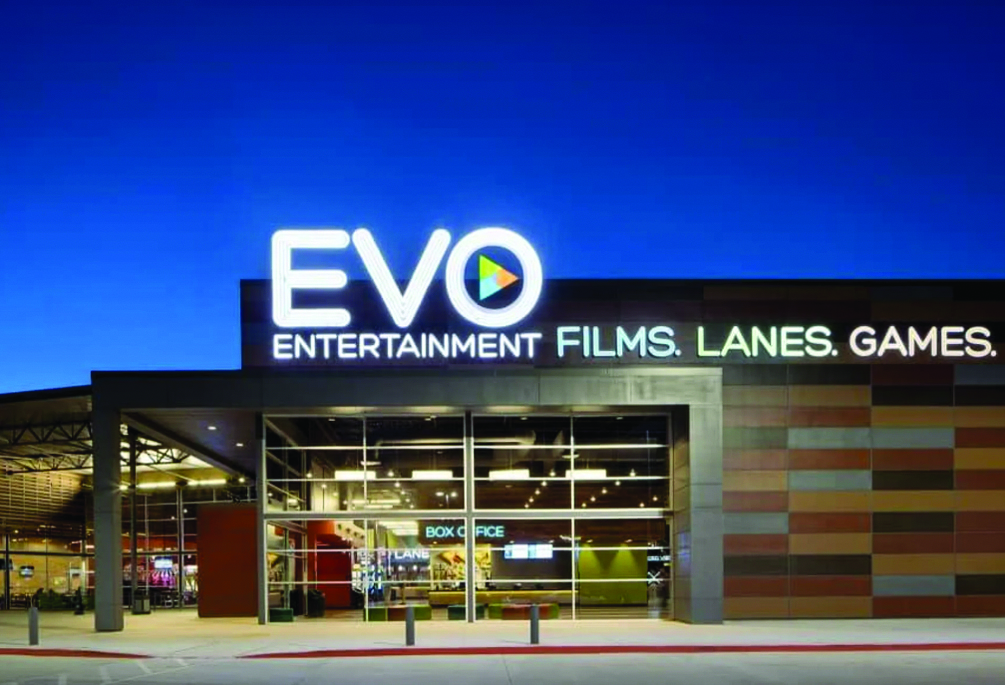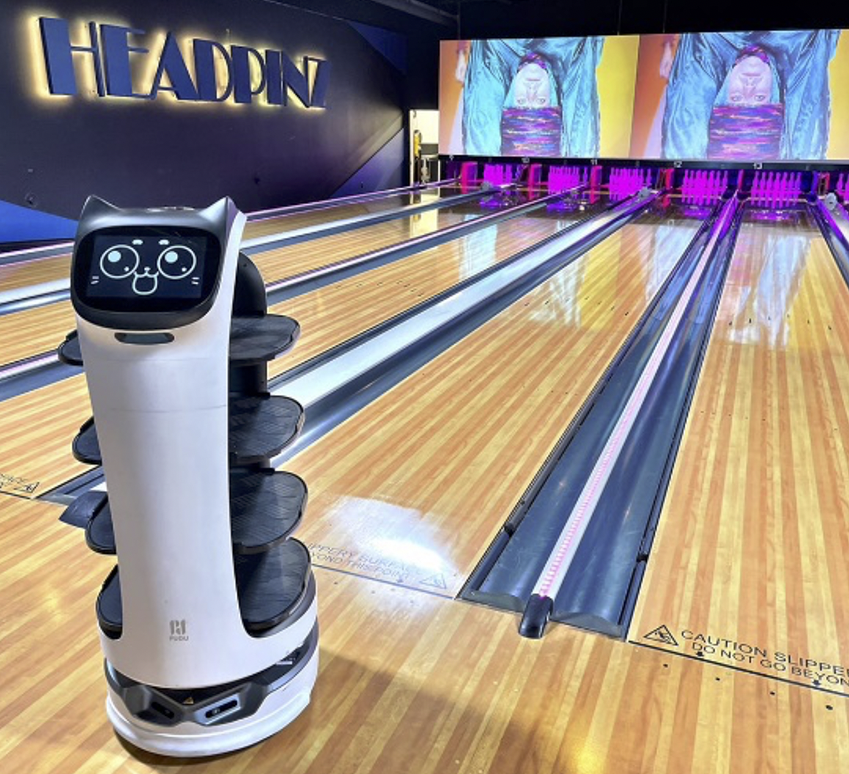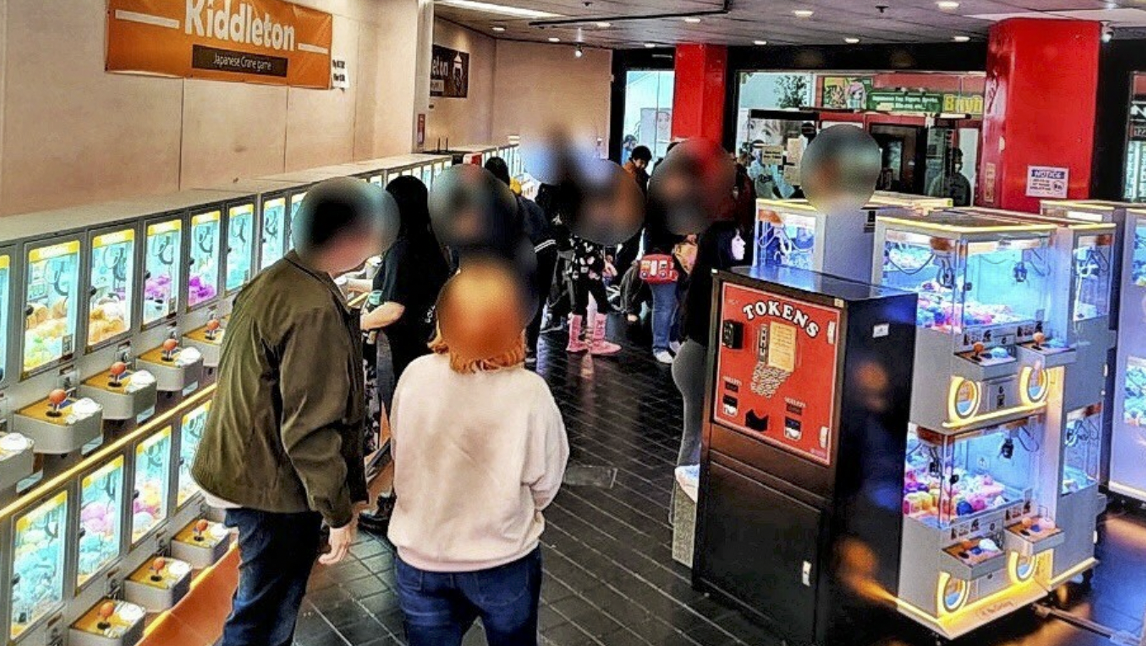Checking the Global Temperature
Part One of Kevin Williams’ Examination of the Health & Trends
Shaping the Out-of-Home Entertainment Market

by Kevin Williams, International Immersive Technology Special Correspondent
Following Covid and the resulting global economic conditions, many had written off any possibility that the amusement sector would be a force moving forward. However, the reality of the situation following that upheaval has proven many wrong. An increased need for social engagement has only grown following lockdown. Many investors see out-of-home entertainment as a burgeoning market proven by an explosion in new FEC and LBE openings in recent months.
Now, as 2023 comes to a close, we are in an excellent position to evaluate the current opportunities in the North American and Western Europe landscape.
In the traditional amusement scene, the market has been redefining itself following the health crisis. The doom and gloom that fixated so many minds have been replaced with a new growth, but much of that has been shaped by a realization that the new normal does not have much of a place for traditional or old-school methods. For example, any operators in the West that kicked against adopting “frictionless” business practices have been forced kicking-and-screaming into an amusement world filled with smartcard payment systems, wearables and more (we will touch on them later). With them have come social media promotional tools and sophisticated guest tracking apps.
At the same time, we have seen the style and category of amusement and entertainment venues undertake major changes. Trends such as “Retail-tainment” see mixed-use leisure entertainment venues taking over once-abandoned department stores, creating spaces dedicated to amusement along with hospitality and attractions. There has also been an explosion in new FEC development spurred by the desire for socialization and physicality after lockdown. This has revitalized interest and investment in these business opportunities, resulting in mergers and acquisitions happening at a cutthroat pace.

EVO’s new San Antonio, Texas, location offers guests far more than movie screens to keep them staying – and spending – longer.
Along with the explosion in FECs, we have seen other trends in market operations take hold, offering new spaces for social engagement. While the concept existed before the pandemic, we’re seeing more traction within “CineTainment,” where offering a strong mix of amusements to movie theater properties maximizes dwell time – and spend – of customers. A company making such moves is EVO Entertainment, offering 14 bowling lanes, redemption, amusements and bar in support of a 12-screen cinema. EVO’s most recent site is opening in San Antonio, Texas.
Another trend is the rapid and strong emergence of Social Entertainment or “Competitive Socializing.” In these venues, you see the gamification of social games – like bowling, crazy golf, darts, billiards, beer pong and even racing simulation – combined with adult food and beverage service. I believe this scene’s impact on traditional amusement has only just begun to be felt.
The growth of social entertainment has already changed existing market sectors. This is quite evident with the boutique bowling revolution. Beer-and-cocktails social environments have widely replaced traditional bowling, offering a wide food menu and string bowling (duckpin).

Headpinz in Ft. Myers, Florida, uses a robot named Rosie to deliver pizza.
Along with these opportunities, there have also been significant challenges. One of the most significant has been a labor crisis. Operators have found themselves struggling to obtain a dependable workforce of permanent and temporary employees. Combining the issues created by the pandemic and recovery, along with spikes in the cost of living, has decimated the traditional workforce. To address the shortfall, companies have once again turned to new technology. We’ve most significantly seen this with the rise of automation and service robots. The bowling industry is one of the first to field serving robots to deliver patrons pizza and meals and clear the dishes afterward.
The Payment Picture
Frictionless or contactless payments – from player cards to in-app payments to wearables – have brought an incredible change in revenue generation and business practices. While I find the majority of street routes cling to cash payments, the global health crisis accelerated the move toward more widespread adoption of touchless payment, already dominating the FEC market. Payment system makers have worked to remove barriers to entry for route operations.

Embed’s range of smart payment options.
The Asian amusement sector had already fully embraced e-payments long before Covid. (In part two of this global report, I’ll outline the impacts experienced in that sector.) But the Western amusement trade had comparatively moved grudgingly, following a slower adoption path. After the lockdown, however, it was impossible for any industry to ignore what I see as the inevitable, and we’ve seen full adoption of cashless systems, cards and smart payments.
The systems offer back-of-house benefits ranging from integrated online bookings and reservations to customer tracking and sophisticated facility management applications. Smart payment systems have evolved to the latest generation of card reader platforms but now also offer wearables and even smartphone app solutions. Credit card handling and advanced audience metrics drive new enjoyment, including buying habits and audience profiling. Social media also plays a role as a marketing tool to drive audience engagement and promote the brand. It will be interesting to observe the developments of machine learning and AI to help manage the mountains of valuable data. I believe it will prove to be far more valuable than the overhyped dalliance with crypto and NFTs.
Speaking of a new trend continuing to emerge and define the market, developed in Japan during Covid, is the remote play model. Guests unable to physically visit their favorite crane and prize machines can use a smart phone app to play special versions of these machines remotely. Nicknamed Live Play, warehouses became filled with connected modified redemption pieces, played remotely by deprived amusement guests stuck indoors. Unlike many trends forced upon the scene by the lockdown, this one has continued to gain momentum.

The Kiddleton in Little Tokyo.
One of the first of the Western manufacturers to embrace this has been the ELAUT Group, which recently launched their live-streaming arcade game platform called Livecadia. A series of online arcade gaming platforms offers a customizable, progressive web app that allows arcade owners to operate their own site, rather than just in remote locations. Another trend has been “Vendortainment” – new hardware packaged as its own entertainment standalone. One example is Kiddleton KIOSK. The U.S. operation run by GENDA Group (the Japanese amusement facility powerhouse) has placed mini crane machines on location with “kawaii” Japanese prizes you can win.
Bandai Namco has experimented with its Bandai Namco Cross Store concept, an interactive retail experience, deploying Japanese character products from collectibles, card games, figurines. They do this through “Gasapo” vending, a popular Japanese capsule vending platform, operated as its own store. The first Western deployment of this is in London.
In concluding this first part of the trends and factors I see shaping the scene, we can’t overlook one that has begun to establish itself fully in most venues: immersive entertainment. VR platforms are continuing to make inroads. Key products like Virtual Rabbids (LAI Games), Storm (Triotech) and King Kong of Skull Island (Raw Thrills) have been joined by even more and next-generation unattended platforms. Free-roam VR arenas have been joined by non-headset immersive enclosures like Inowize’s QBIX and Attraktions! PlayNeo.
Rather than being broken by the lockdown and global conditions, the Western amusement scene has emerged as a new and evolving entity, supplying amusements to an audience hungry for social entertainment. It is my hope that the industry will fully embrace this opportunity or my fear is that it will be replaced.
Editor’s note: In part two, Williams will focus on the Asia, Middle East and Oceana markets.
Kevin Williams is a specialist on entertainment and technology. He is a frequent presenter at international conferences and a regular speaker at the Amusement360 bootcamp for LBE and FEC investors. He is also one of the senior judges of the VR Awards.
Kevin’s consultancy, KWP Ltd., helps international clients develop immersive and interactive entertainment. He now combines his services as co-owner and technology director of Spider Entertainment (a global leader in out-of-home entertainment for retail destinations and beyond), and holds advisory positions with other entrants into the market.
Kevin is publisher of the Stinger Report for those working or investing in the amusement, attractions, and entertainment industry. He is also the co-author of the only book on this aspect of the market (the next edition is scheduled for publication in 2023.
Kevin can be reached at [email protected].



